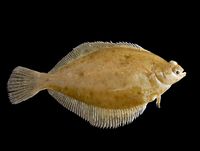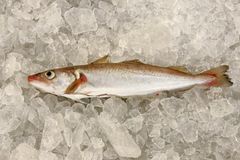Volatile organic compounds in North Sea fish
Context of the study
Volatile organic compounds (VOC) include a large group of different substances. They are frequently detected in air, drinking water, effluents and soils. However, it's unknown what happens to them after they end up in the marine environment. Little is known on their abundance (or even presence) in the marine environment and marine biota.
Content of the study
The study developed a method to determine concentrations of many different volatile organic compounds simultaneously. This method was used to determine concentrations of priority VOCs in the liver and muscles of both dab and whiting caught in the Belgian part of the North Sea.
Main results of the study
Not all VOCs behaved in the same way: the concentrations of some VOCs were higher in the liver, some higher in muscles, others didn't differ between both tissues. The VOC concentrations found in the fish were at least 100 time higher than those found in the surrounding water. The study also demonstrated that the concentration of VOCs in the fish were largely determined by those in the water, and can be predicted by them. The study concluded that the current levels of VOCs probably won't pose a threat for acute toxicity, neither to the fish, nor to man. There may however, be danger by continuous exposure of organisms to low concentrations (similar to the present ones) of these compounds. Therefore, continuous monitoring of VOCs is necessary. This study provides a method for quick and accurate monitoring of VOC concentrations.[1]
References
Please note that others may also have edited the contents of this article.
|

